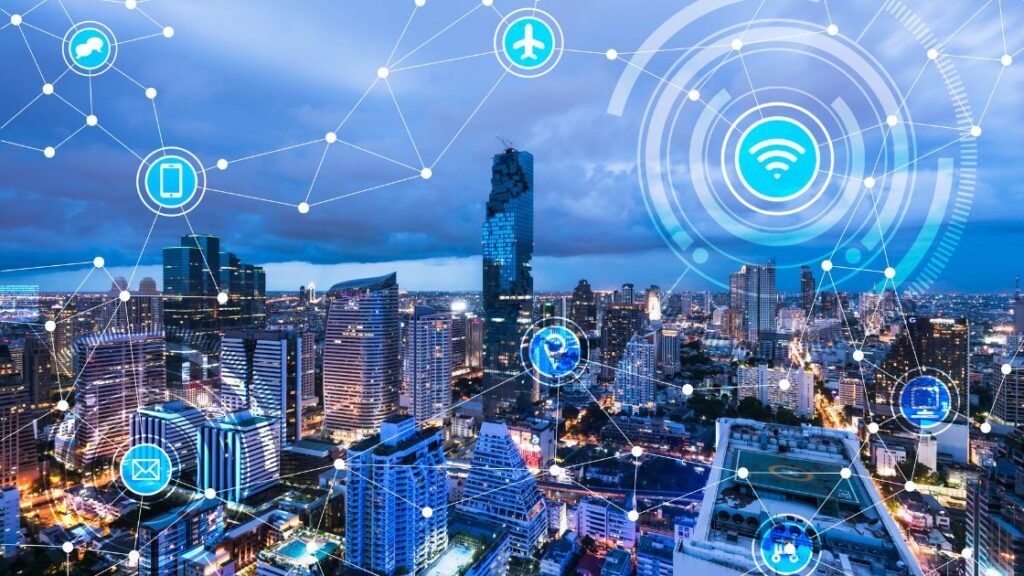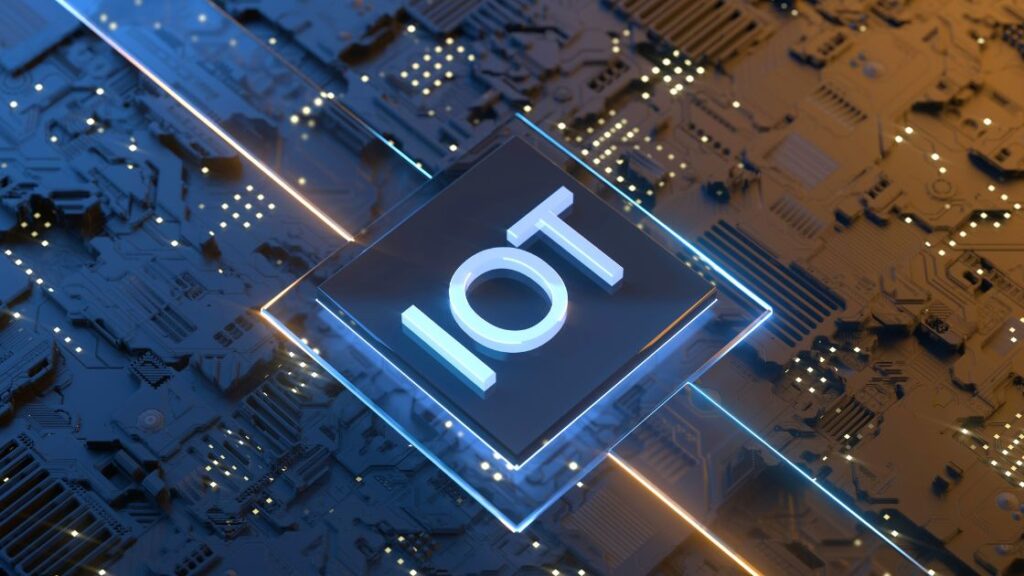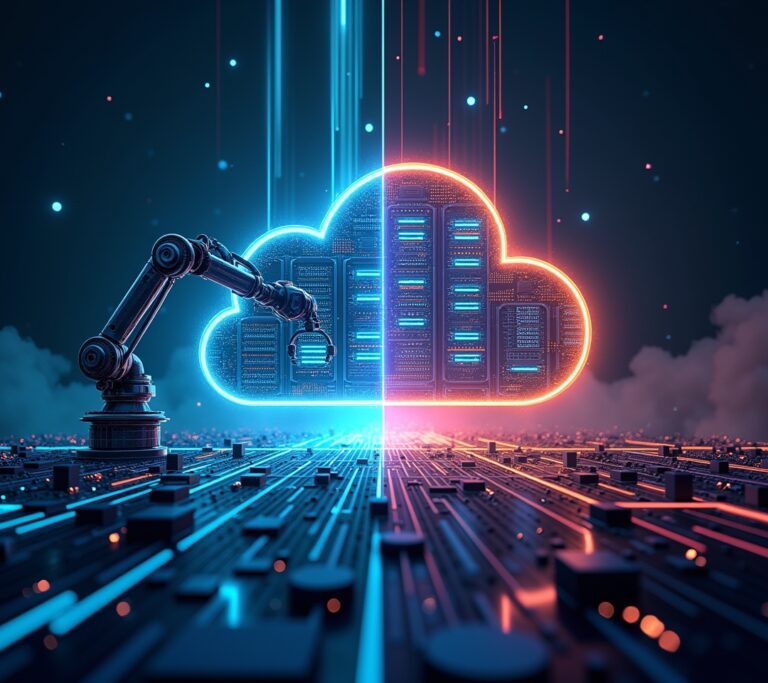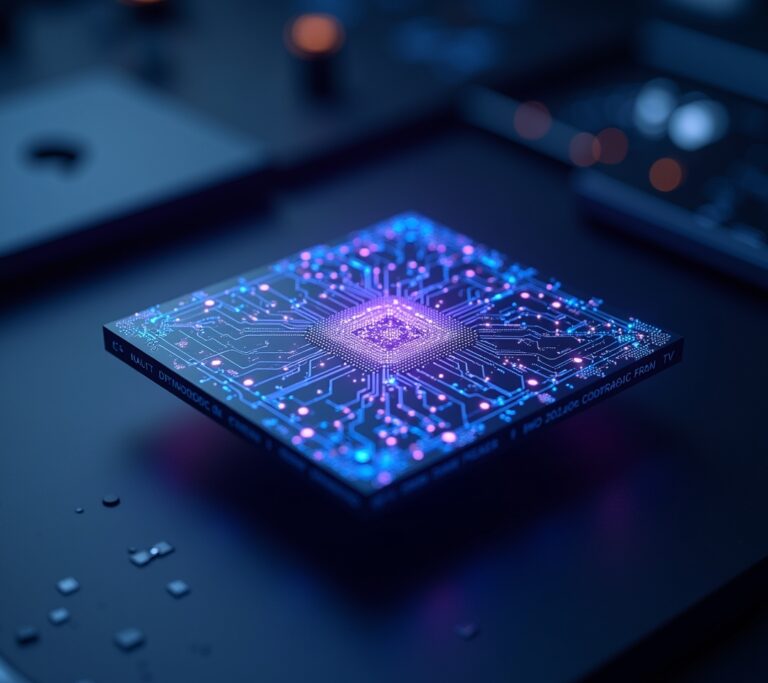Advertisements
Why I Started Paying Attention to 5G
A few years ago, the concept of 5G felt like another marketing buzzword. I didn’t think much of it, to be honest. But as I started noticing the rapid shift in how cities function, from public transportation to energy grids, I realized 5G wasn’t just about faster downloads. It was about reshaping the entire infrastructure of modern living.
That’s when I dove deep into understanding how 5G is not only transforming smart cities but also revolutionizing the entire Internet of Things (IoT) ecosystem.
The Smart City Vision Is Now Real

Until recently, the idea of smart cities felt like a futuristic dream. However, walking through downtown areas today, I see traffic lights adjusting based on real-time congestion, garbage bins sending alerts when full, and sensors monitoring air quality.
All of this is possible because of the low latency and massive connectivity 5G offers. In simpler terms, it’s the reason smart cities aren’t just “smart” on paper—they’re becoming truly intelligent in action.
Faster, Smarter Infrastructure in Action
What struck me first was the immediate difference in public services. For instance, smart grids powered by 5G respond instantly to fluctuations in electricity demand, improving energy efficiency and reducing blackouts.
I’ve also seen how emergency services benefit. With real-time data sharing over ultra-fast 5G networks, first responders receive detailed situational updates before even arriving at the scene. It’s not science fiction anymore—it’s smart city planning in real time.
IoT Devices Have Found Their Backbone
I’ve used IoT gadgets at home for years—smart thermostats, connected lights, and wearable health trackers. But these devices truly shine in a 5G-enabled environment. Why? Because 5G can support a massive number of connections per square kilometer without choking.
On a recent trip to Seoul, a global smart city leader, I saw how 5G-enabled IoT devices were managing traffic flow, monitoring structural integrity of bridges, and improving public safety. It blew me away how seamlessly everything communicated across one unified network.
Why Low Latency Matters More Than Speed
While most people think 5G is about blazing speed, it’s actually the low latency—the delay between a command and its execution—that’s the game changer.
Imagine an autonomous vehicle that needs to stop instantly if it detects a pedestrian. That split-second communication can’t happen on traditional 4G networks. 5G ensures those critical real-time decisions happen almost instantly.
This matters for things like smart parking systems, autonomous delivery robots, and even drone-based surveillance in public areas. Without low latency, the dream of automated urban systems wouldn’t be possible.
A Safer, More Efficient Urban Experience
What I love most is how 5G enhances safety. In cities using 5G-based surveillance and predictive policing, crime detection and prevention are becoming far more effective.
Even something as simple as street lighting benefits. In Barcelona, smart lights powered by 5G turn on only when motion is detected, saving energy while making streets safer for pedestrians. It’s small changes like these that make a big difference in how we experience city life.
The Environmental Impact Surprised Me
Initially, I didn’t associate 5G with sustainability. But I was wrong. With 5G, cities can implement smart water management systems that detect leaks instantly and optimize water use. Smart waste management systems can plan routes efficiently, reducing fuel usage and emissions.
Moreover, connected transportation powered by 5G can reduce congestion and lower carbon emissions by intelligently redirecting traffic. The environmental impact is real and measurable.
But It’s Not All Perfect—Yet
Despite all the promise, 5G still faces hurdles. Infrastructure costs are high, and rural or developing areas are lagging behind. Privacy is another concern. More connected devices mean more potential vulnerabilities.
That’s why I believe we need to stay informed and involved. The benefits are incredible, but responsible deployment is crucial. Cities must prioritize security, transparency, and ethical data use.
What You Can Do Today

If you live in or travel to a city adopting 5G, you’re already part of this shift. But you can do more. Start by updating your home devices to support 5G, if possible. Engage with local government initiatives pushing for smarter infrastructure.
And most importantly, stay curious. The way 5G and IoT continue to evolve will directly impact how we live, move, and connect in the years ahead.
As I’ve watched smart cities grow thanks to 5G, I’ve come to realize this isn’t just about tech—it’s about reshaping human experience. From daily conveniences to life-saving systems, the impact is huge. So, whether you’re a traveler like me or a city resident, now is the time to understand what’s happening and how you can benefit.
Thanks for reading! If you’re into tech, urban innovation, and future-focused stories, stay tuned to Tech Digest for more insights and updates.



